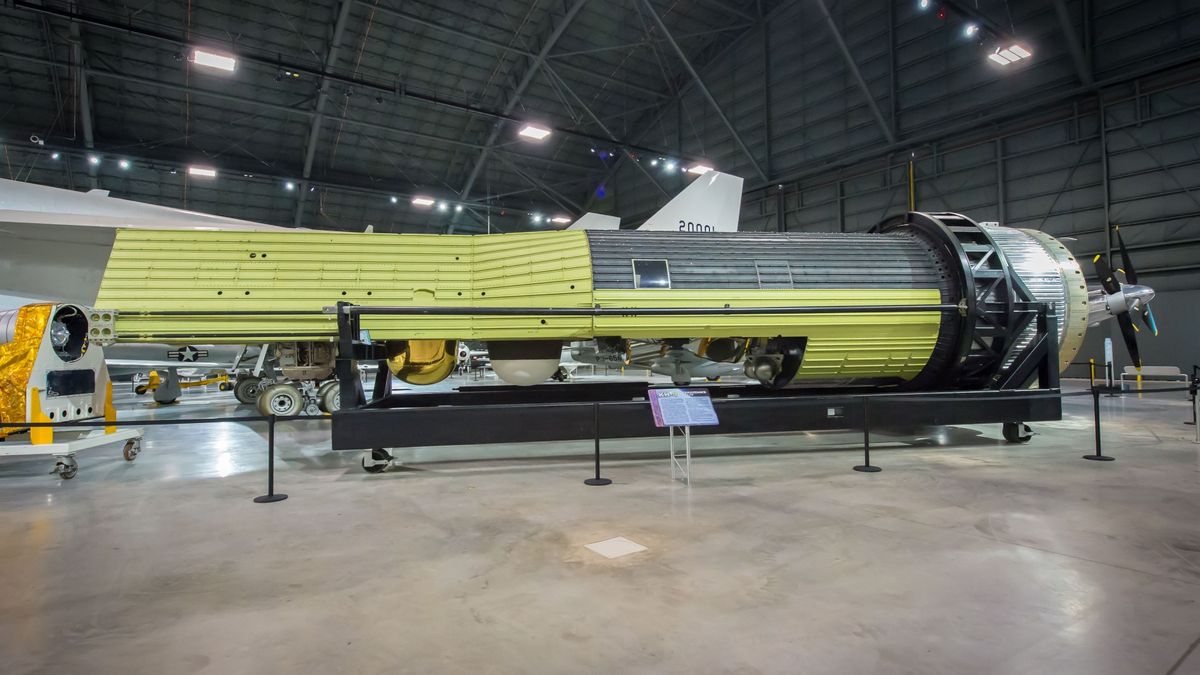Mercer’s team identified advantages of cDNA-based long-read nanopore sequencing for measuring mRNA vaccine integrity.
A well-earned spotlight shines on mRNA vaccines, with recent Nobel prize accolades awarded to Katalin Karikó and Drew Weissman for their foundational research that enabled rapid and effective vaccine development during the covid pandemic. As mRNA vaccine research picks up speed in applications beyond covid immunization, tools that allow scientists to improve their manufacturing methods are increasingly crucial. Until recently, vaccine manufacturers largely relied on techniques such as gel electrophoresis and liquid chromatography, which researchers first adopted for protein-based vaccines and pharmaceuticals that held center stage prior to the pandemic.1 Although robust and reliable, these quality control methods are time-consuming and costly for analyzing mRNA vaccine products.
“During the pandemic, obviously because of the accelerated speed, a lot of those processes were just inherited from traditional manufacturer workflows,” explained Timothy Mercer, an RNA biologist at the University of Queensland who leads an mRNA manufacturing facility built on synthetic biology, genomics, and transcriptomics research. “The actual product itself got moved a lot faster than the ecosystem around it, which is now in the process of catching up.”
See Also “Nobel Prize for mRNA Vaccines”
The actual product itself got moved a lot faster than the ecosystem around it, which is now in the process of catching up.
-Timothy Mercer, University of Queensland
For Mercer, bringing sequencing methods into that ecosystem was an intuitive solution for improving quality control analyses. Scientists outside the vaccine manufacturing field frequently use sequencing to analyze aspects of DNA and RNA biology, including gene expression, RNA polyadenylation or poly(A) tails, and post-transcriptional chemical modifications that affect RNA stability and immune activation.2
In Mercer’s latest work published in Nature Communications, his team developed a streamlined method called VAX-seq to analyze mRNA vaccines using long-read nanopore sequencing.3 Their method measures key vaccine quality attributes at different manufacturing steps, including sequence identity, integrity, and contamination.
The researchers investigated and compared several sequencing approaches, including short- and long-read sequencing of cDNA that they generated from the mRNA vaccine and direct RNA sequencing with long-read nanopore technology. Mercer’s team effectively analyzed vaccine sequences with each technique and identified cDNA-based long-read sequencing as the best approach for measuring vaccine quality. Unlike short-read methods, long-read nanopore sequencing was effective for full-length and fragmented mRNAs, which provided insight into mRNA degradation. “Because you’re sequencing the whole molecule, you’re not just determining what the sequence of that molecule is, but you’re also saying it’s a full-length functional molecule,” Mercer said. “That’s an additional quality metric, which is really key to the actual pharmaceutical activity of that particular mRNA sample.”
This advantage aligns with long-read sequencing’s known strengths. “I think that the methods they’ve come up with are very current and of interest.” said Cynthia Burrows, a chemist from the University of Utah who is a nucleic acids expert and who was not involved in the study. “As a scientist, what you would want to know is, are most of your strands full length or has there been some aborted synthesis? Does it all have the poly(A) tail at the end? These are the sorts of things that the paper addressed.”
See Also “Newly Developed mRNA Vaccine Protects Against Lyme Disease”
Although Mercer’s team found cDNA sequencing more reliable than direct RNA sequencing, they expect that long-read RNA sequencing will continue to be a useful research tool for mRNA vaccine development. For instance, Burrows and other researchers have already used direct RNA sequencing to investigate the properties of nucleoside modifications,4 such as the pseudouridine modification in mRNA vaccines that garnered Katalin Karikó’s and Drew Weissman’s Nobel recognition. “That was so far ahead of its time, and the battles that were fought there to keep moving forward and keep the science going so that all of a sudden, when we really needed mRNA vaccines, they were there for us. That is a phenomenal story,” Burrows said.
Sequencing mRNA vaccines is another important chapter in that story, moving the science forward by connecting technical advancements with translational breakthroughs. Helen Gunter, the postdoctoral fellow in Mercer’s laboratory who spearheaded this work, is already expanding VAX-seq past quality control applications by collaborating with other research labs throughout Australia. “She’s starting to get a really good understanding across all these different model systems, all these different cells, about the diversity of ways in which the input, the RNA, is actually taken up into the cell, processed, and expressed,” said Mercer. “I think coming from that biological perspective, the sequencing is a really useful tool.”
References
- Rosa SS, et al. mRNA vaccines manufacturing: Challenges and bottlenecks. Vaccine. 2021;39(16):2190-200.
- Baronti L, et al. A guide to large-scale RNA sample preparation. Anal Bioanal Chem. 2018;410(14):3239-52.
- Gunter HM, et al. mRNA vaccine quality analysis using RNA sequencing. Nat Commun. 2023;14(1):5663.
- Fleming AM, Burrows CJ. Nanopore sequencing for N1-methylpseudouridine in RNA reveals sequence-dependent discrimination of the modified nucleotide triphosphate during transcription. Nucleic Acids Res. 2023;51(4):1914-26.














